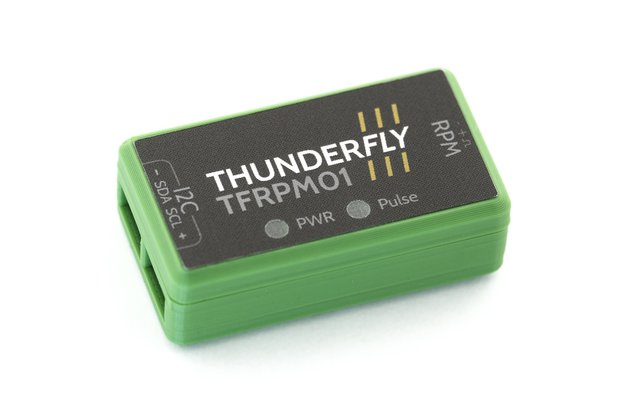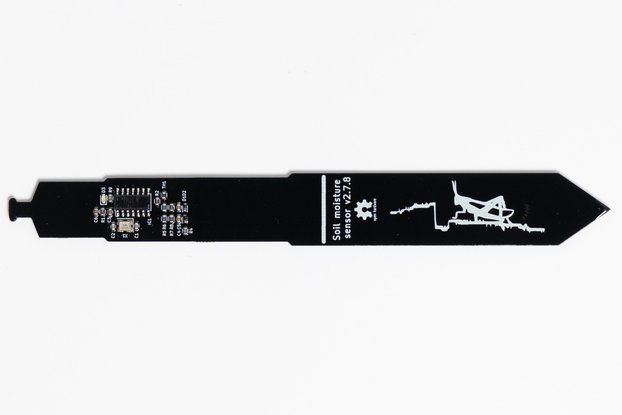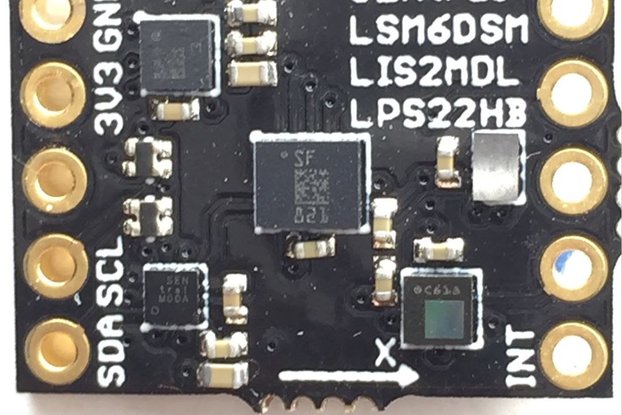Electrically isolate your sensors for better readings
Designed by Microfire LLC in United States of America
This product is no longer available for sale.
The seller may be offering an improved version or it may be hanging out on the beach, enjoying the retired life.
I2C Sensor Isolator Regulated and isolated 3.3V power output from 3.3 or 5 V input Isolated bi-directional I2C bus up to 100kHz max frequency Based on Analog Device's ADM3260 What it is Take measur…
Read More…Take measurements from several probes at the same time while connected to the same device. Probes often interfere with each other and cause shifted readings. The environment could also be causing readings to be off, likely due to a ground-loop or other electrical noise. Using this will reduce or eliminate those problems.
There are two sides, referred to as the INPUT and ISO. The input side is the four pins of your I2C bus; either 3.3 V or 5 V power, ground, SCL, and SDA. Connect them to your master controller. The ISO side is the output side and should be connected to whatever device you want to keep isolated and is supplied with 3.3 V.
The board uses the Qwiic connection system for easy wiring. No more mixing up pins, soldering headers or a mess of wires (but there is a through-hole header available if you don't want to use it). Make sure you pick up some cables when you checkout. You'll need to connect it to your master device with a male/female to Qwiic wire, and a Qwiic to Qwiic wire to connect the isolated device. Sparkfun sells a few boards with a Qwiic connector on them, so you'll just need another Qwiic to Qwiic cable for that.
The most basic configuration would be the sensor isolated from the master.
[I2C master] - [ISO] - [sensor]
You can connect more than one device to the ISO side. In this configuration the sensors will be isolated from the master, but not from each other.
[I2C master] - [ISO] - [sensor] - [sensor]
If isolation from the controller isn't required, but isolation from two different probes is, you can connect the ISO board between the sensors only.
[I2C master] - [sensor] - [ISO] - [sensor]
It's hard to answer. The short answer is you probably do.
You will know you need isolation if you are getting bad readings when another probe is either introduced or taken out of your sample, or if you are getting skewed measurements intermittently (like when a pump is turned on or off, or maybe even when you touch the water), or otherwise unexplained measurement swings.
Whitewater, CA, United States of America
Ships from United States of America.
1 Review | 48 Orders

$88.55
Free Shipping!

$13.00
Free Shipping!

$96.60
Free Shipping!

$35.95
Free Shipping!
By clicking Register, you confirm that you accept our Terms & Conditions
We recognize our top users by making them a Tindarian. Tindarians have access to secret & unreleased features.
We look for the most active & best members of the Tindie community, and invite them to join. There isn't a selection process or form to fill out. The only way to become a Tindarian is by being a nice & active member of the Tindie community!
